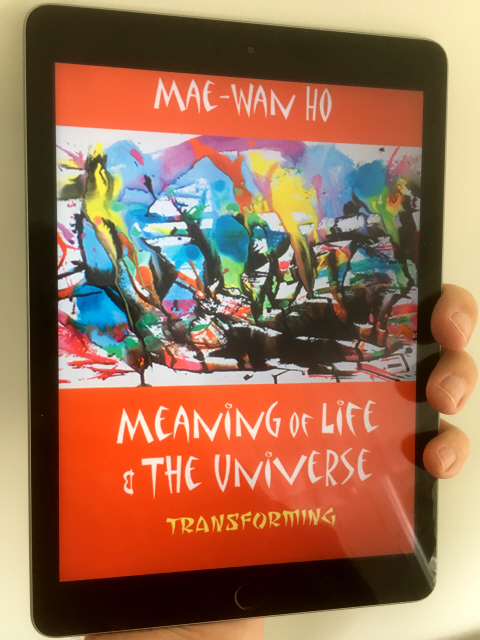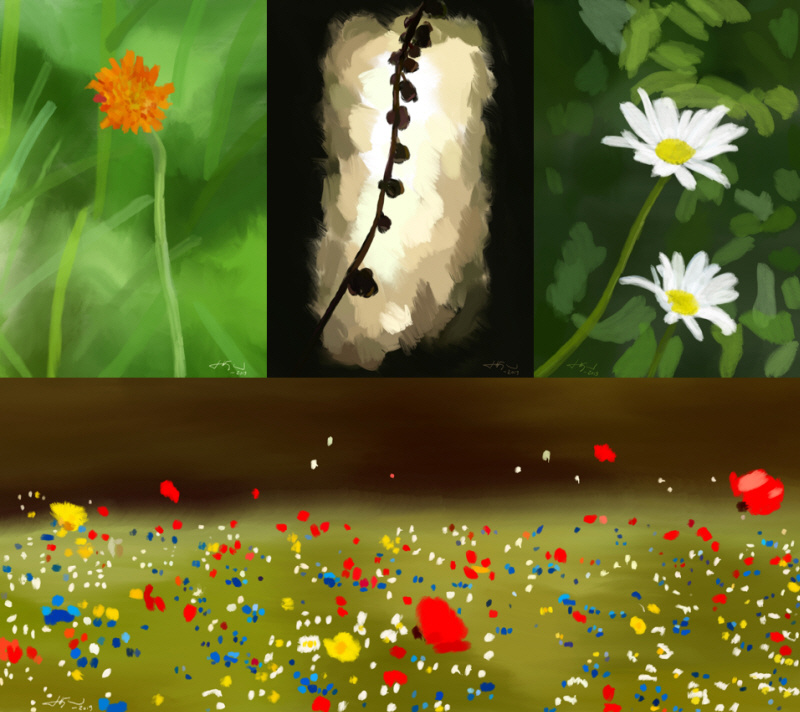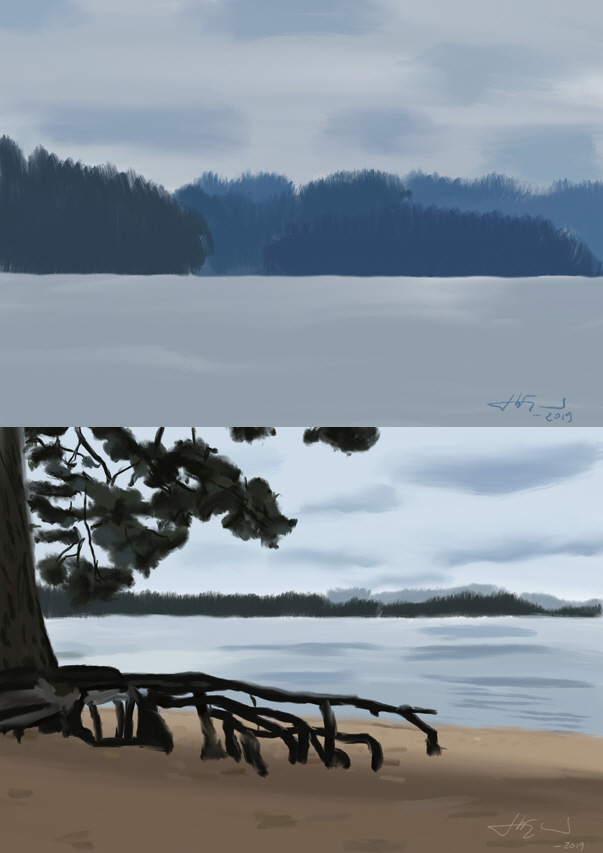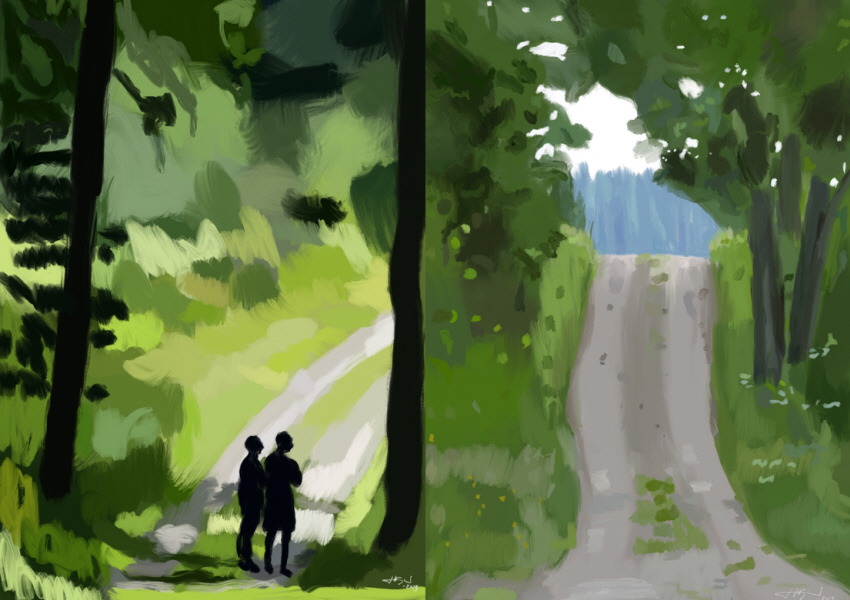This is a look back at my reading and painting during the week, including some reflections.
Reflections
I made the following notes to myself this month:
- Life is self-creating in a dynamically alive universe.
- Generative organizing is autopoietic.
- Allopoietic operating principles are “poisonous” for living systems.
- Organizing between and beyond is about moving beyond the ‘mechanical world’ (as defined by John G. Bennett).
- By keeping open the day gradually forms itself.
- What is it that I really know about organizing, and what do I intend to do with that knowledge?
- ‘Calculative thinking’ turns people and nature into resources (as defined by Ingrid Leman Stefanovic).
- Seeing ourselves as ‘managers’ distances us intellectually and emotionally from the recognition that people are human beings (and not human resources).
- Real change requires a shift in values and perceptions.
- John G. Bennet uses mechanistic language, derived from Gurdjieff, to describe something non-mechanical. The human body is not an engine or a machine for doing work!
- Generative organizing has less to do with imposing a structure than with illuminating an implicit order.
- Such an implicit order cannot be reduced to subjective constructs or theoretical explanations, any more than it can be replaced with a mathematical representation.
- Illuminating the implicit order means that it is ‘pre-understood’—that is, comprehended prior to an intellectualized analysis.
- The wholeness of the corporation is a vision much needed in view of the limitations in the perspective of corporate management.
- The whole is no-thing, but not nothing.
- The greatest blasphemy imaginable is to ignore Life’s ‘intrinsic value’ (as defined by Robert S. Hartman). (This is a response to Martin Heidegger who wrote in Letter on Humanism that “thinking in values is the greatest blasphemy imaginable against Being”. Maybe Heidegger’s neglect of values explains his Nazi association? Robert S. Hartman, on the contrary, fled Nazi Germany for his opposition to Hitler.)
- To be free one must fall—free fall.
- Living organization allows organisms to be organisms.
- ‘Coherence’ is the basis of living organization (as defined by Mae-Wan Ho).
- Organizations are more like organisms than machines.
- The system isn’t broken—it was built this way.
- You cannot change the system unless you transform consciousness. (This is from a tweet by Kelvy Bird. Kelvy Bird’s writing and drawing resonates deeply with me!)
- You cannot transform consciousness until you help the system see and sense itself. (Again, this is from Kelvy Bird’s tweet.)
Reading

This week I’ve read Meaning of Life and the Universe: Transforming by Mae-Wan Ho. Mae-Wan Ho’s theory of the organism has profound implications for organizing, since our organizations are more like organisms than machines. Coherence is the basis for living organization.
Interestingly, Mae-Wan Ho does the same kind of experiment as Christopher Alexander‘s, but seems unaware of his work. Alexander argues in The Nature of Order that we are able to sense the degree of ‘life’ in an entity and demonstrates this with experiments the reader can do.
Mae-Wan Ho shows the same kind of cells prepared using two different procedures and asks: Which is the more beautiful, the one on the left, or the one on the right? Now, which is the more true to life? Interestingly, the cells which are more ‘beautiful’ are also more true to life, since they have the water preserved in them.
Paintings



Leave a Reply
You must be logged in to post a comment.